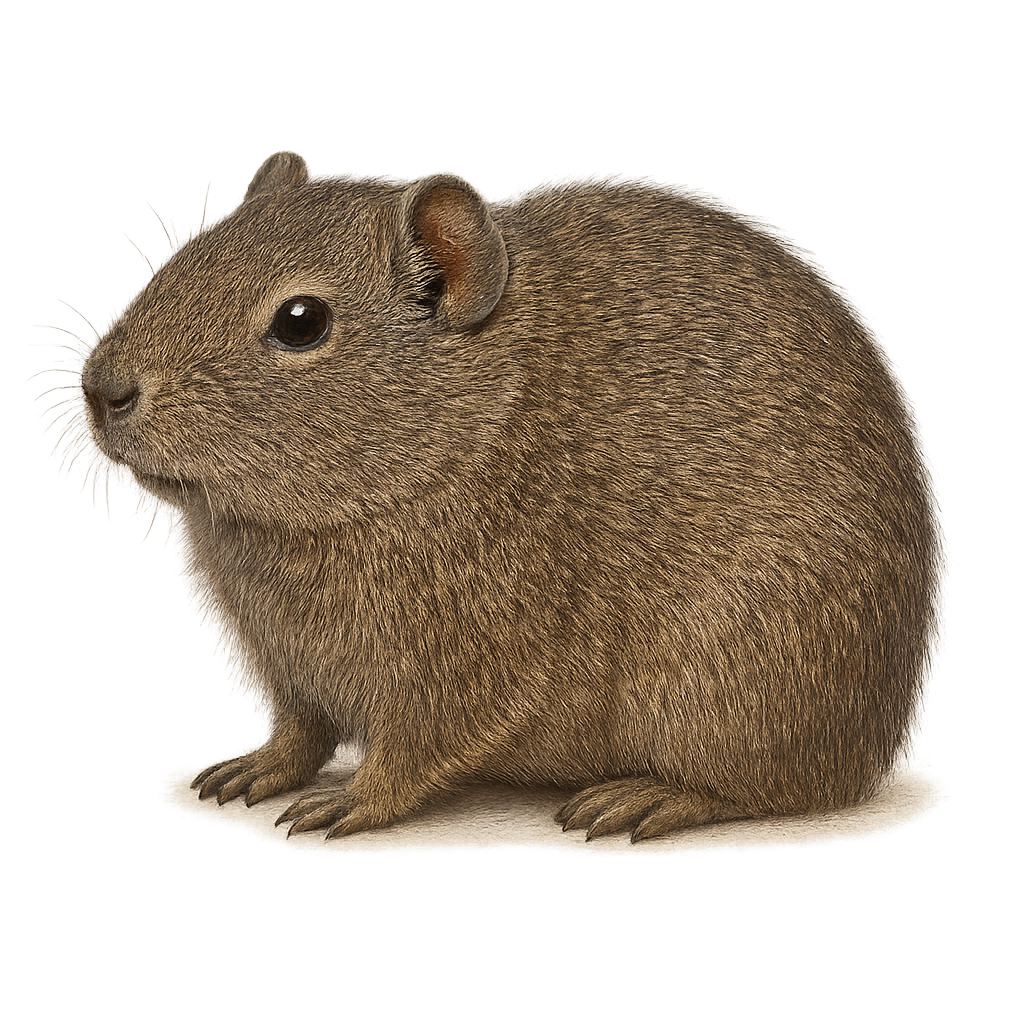Your wildlife photography guide.
Explore the mountain cavy in detail, study its behavior, prepare your shots.
Where to observe and photograph the mountain cavy in the wild
Learn where and when to spot the mountain cavy in the wild, how to identify the species based on distinctive features, and what natural environments it inhabits. The WildlifePhotographer app offers tailored photography tips that reflect the mountain cavy’s behavior, helping you capture better wildlife images. Explore the full species profile for key information including description, habitat, active periods, and approach techniques.
Mountain Cavy
Scientific name: Galea musteloides

IUCN Status: Least Concern
Family: CAVIIDAE
Group: Mammals
Sensitivity to human approach: Suspicious
Minimum approach distance: 10 m
Rut period: October to November
Gestation: 53-70 jours
Births: November to January
Habitat:
Grasslands, forests, rocky areas
Activity period :
Primarily active during the day, with peak activity in the morning and late afternoon.
Identification and description:
The Galea musteloides, or mountain cavy, is a small rodent native to the Andean regions of South America. Often mistaken for the guinea pig, it is smaller and exhibits different behavioral and ecological traits. This rodent typically lives in social groups in varied habitats such as grasslands, forests, and rocky areas. It is primarily herbivorous, feeding on grasses, leaves, and fruits. Its fur is short and dense, usually brown-gray, allowing it to blend effectively into its natural environment. The Galea musteloides plays an important role in its ecosystem as prey for many predators and contributes to seed dispersal.
Recommended lens:
300 mm – adjust based on distance, desired framing (portrait or habitat), and approach conditions.
Photography tips:
To photograph the Galea musteloides, it is advisable to use a telephoto lens of at least 300 mm to capture detailed images without disturbing the animal. Since it is active during the day, natural light can be used to your advantage. Look for areas where the animal is likely to feed, such as grasslands or forest edges. Be patient and discreet to avoid scaring it away. A tripod can be helpful to stabilize your camera and achieve sharp images.
The WildlifePhotographer App is coming soon!
Be the first to explore the best nature spots, track rutting seasons, log your observations, and observe more wildlife.
Already 1 429 wildlife lovers subscribed worldwide

